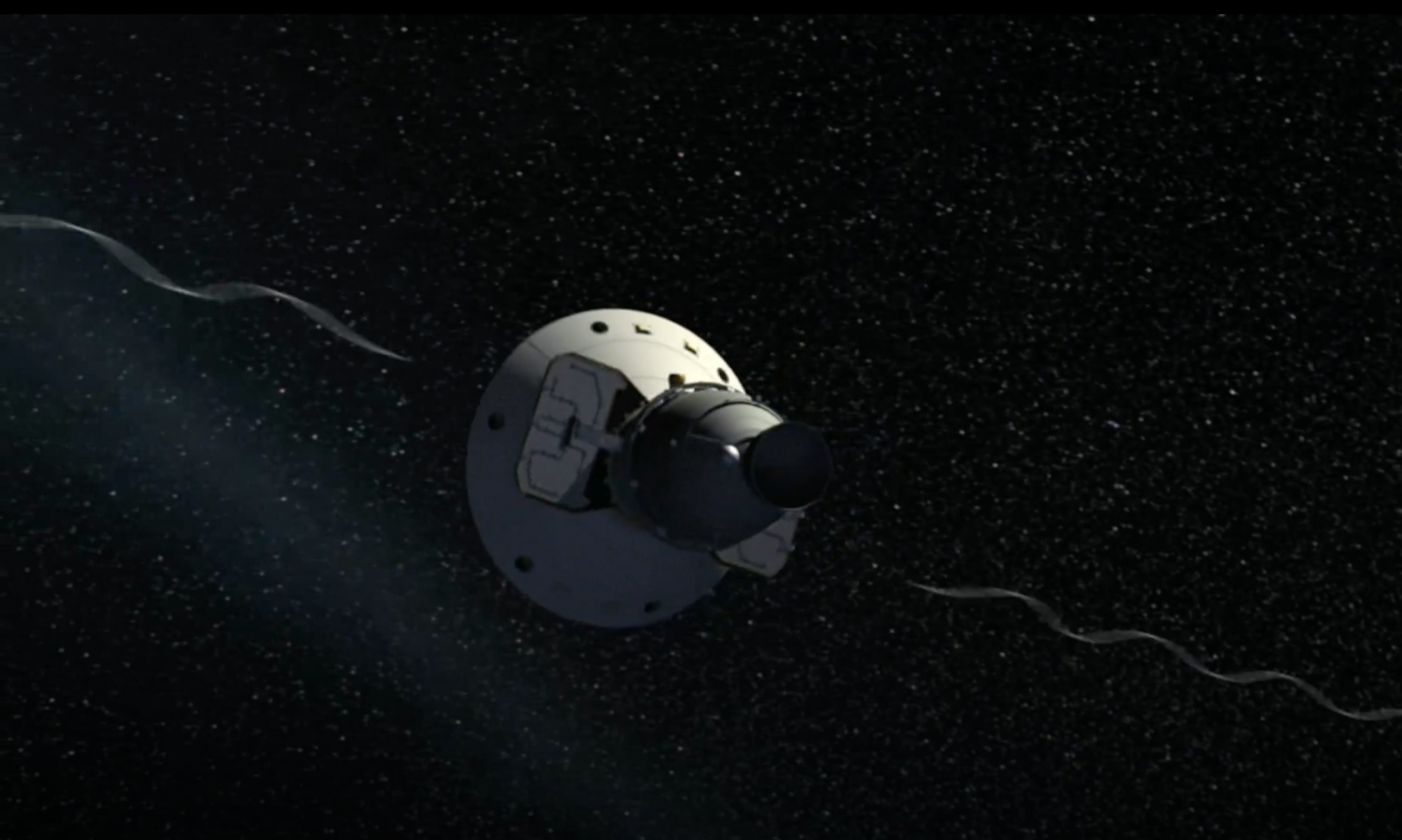Over tablets and phones, the tables are best read in landscape (horizontal) screen mode.
COSPAR ID: Stands for ‘Committee on Space Research Identifier’. It is an international number assigned to man-made objects launched in space. It consists of the launch year, a three-digit incrementing launch number of that year and a letter code representing one object of the mission. Only successful launches are given a COSPAR ID.
name: Official name of the object. In the case of small objects, their type names are used. A ‘plus’ sign is used when several objects are still fixed together. Information in brackets are either engine names, serials or reference.
type: Object type. In the case of small objects, it is identical to its name.
mission: Official name of the mission with alternate known mission names in brackets.
quantity: Number of objects identified. A question mark is used if no information is available and ‘scattered’ if the object was destroyed (crash, impact, explosion).
mass (kg, upcoming): Dry mass, given in kilogram, of the object as propellant is assumed to be depleted at EOM (mission rules, leaks, fuel tank ruptures, etc.) and in any case not considered as artificial. A dash sign means that the mass is included into the main object mass of the mission.
status: Last known condition of the object. For example, EOM stands for “End Of Mission” and LOS for ‘Loss Of Signal’.
location (Apollo tables only): Last known location of the object relative to the Lunar Module Descent Stage.
date/epoch (UTC): Date of the last known condition of the object, given in Universal Time.

